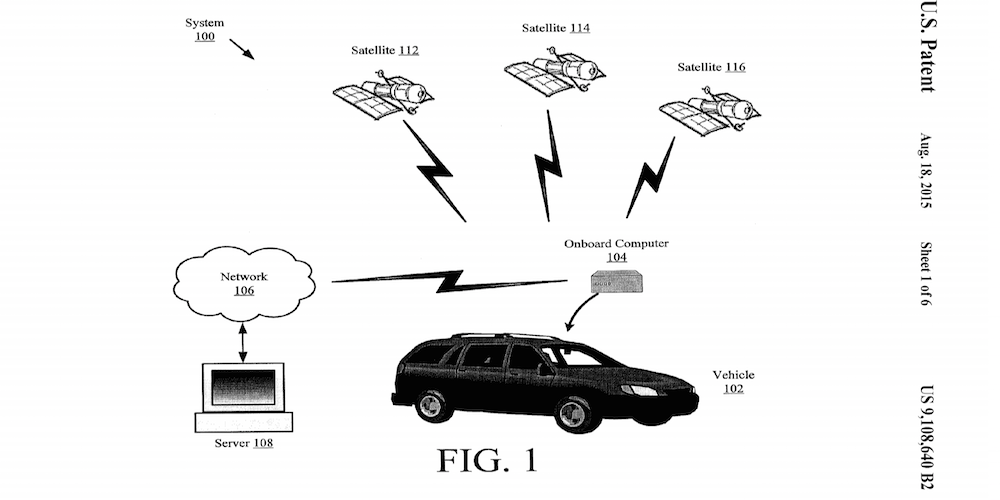-
Tips for becoming a good boxer - November 6, 2020
-
7 expert tips for making your hens night a memorable one - November 6, 2020
-
5 reasons to host your Christmas party on a cruise boat - November 6, 2020
-
What to do when you’re charged with a crime - November 6, 2020
-
Should you get one or multiple dogs? Here’s all you need to know - November 3, 2020
-
A Guide: How to Build Your Very Own Magic Mirror - February 14, 2019
-
Our Top Inspirational Baseball Stars - November 24, 2018
-
Five Tech Tools That Will Help You Turn Your Blog into a Business - November 24, 2018
-
How to Indulge on Vacation without Expanding Your Waist - November 9, 2018
-
5 Strategies for Businesses to Appeal to Today’s Increasingly Mobile-Crazed Customers - November 9, 2018
Intel’s Skylake Wakes Up Your Windows 10 Computer With Your Voice
A new line of high-performance Intel SSDs available in 2016 will come with Intel Optane, non-volatile memory media based on 3D XPoint, while Intel’s next-generation data center platforms will also benefit from this new class of memory technology.
Advertisement
But that’s not the only thing that’s new. Notably, back with Windows 8, Microsoft added a new power state for the operating system called Connected Standby and it appears that the new Skylake processors will leverage this function inside Windows 10.
At yesterday’s Intel Developer Forum, the chip maker demonstrated how, combined with Windows 10, its Skylake processor can let people wake up their computers with their voice, according to several reports including one from PCWorld. But it’s less common to find integrated image signal processors baked into laptop-class chips.
Once the PC is woken up, users will also be able to control their PC through voice commands.
When your PC wakes up, Cortana takes over and you can use all the standard voice commands, including telling the digital to play music or videos.
Over the past few years, such voice commands have trickled down to Android smartphones and even iOS devices. The chip, although featuring a wider core, will be smaller than previous Broadwell and Haswell processors, which will help Intel sell it to manufacturers as a processor for wearables and other small form factor computers.
Advertisement
Intel hasn’t disclosed any info on how much extra power the always-on listening will consume, or whether computers will require special hardware (like dual microphones with beamforming support) to invoke the capability.





























